Xycom XVME-201
Xycom XVME-201 Digital I/O Module Overview
The Xycom XVME-201 is a 3U VME-bus digital I/O module developed by Xycom, designed primarily for industrial automation, process control, and data acquisition systems.
Key Features
| Item | Description |
|---|---|
| Channel Count | 48 digital I/O channels (six independent 8-bit TTL ports) |
| Timers | Two 24-bit programmable timers |
| Compatibility | Fully compatible with OPTO 22 systems; can directly replace OPTO 22 digital I/O cards |
| Form Factor | 3U single-height VME-bus card, compatible with standard VME chassis |
| Power Supply | 5 V/12 V power supplied via the VME-bus |
| Interface | TTL-level I/O, supports interrupt functionality |
| Common Part Numbers | 70201-001, 70201-002 (different PCB versions) |
| Applications | Production line automation, machine vision, robotics control, PLC expansion, fieldbus gateways, etc. |
Typical Technical Specifications
(as extracted from the official datasheet)
- I/O Structure: Six 8-bit TTL input/output ports; each bit individually configurable as input or output.
- Timers: Two 24-bit programmable timers for PWM (Pulse Width Modulation) or timing-trigger applications.
- Interrupts: Supports VME-bus interrupts for real-time response.
- Operating Temperature: -40 °C to +85 °C (industrial grade), suitable for harsh environments.
- Dimensions: 3U (approx. 5.08 cm height), compliant with standard VME-chassis specifications.
Usage Recommendations
- System Integration: Install the XVME-201 into a VME chassis and assign a unique address using a VME-bus address configuration utility.
- Software Drivers: Compatible with OPTO 22 PAMUX or OPTO-22-IO drivers, allowing direct I/O read/write operations from host systems such as LabVIEW or PLC platforms.
- Expansion: For mixed-signal systems, the XVME-201 can be paired with other Xycom modules such as XVME-530 (analog output) or XVME-560 (analog input) to extend functionality.
Summary
In summary, the Xycom XVME-201 is a high-density, industrial-grade digital I/O expansion board offering 48 TTL channels, dual programmable timers, and OPTO 22 compatibility. It is widely used in industrial automation applications requiring reliable and high-speed digital signal acquisition and control.
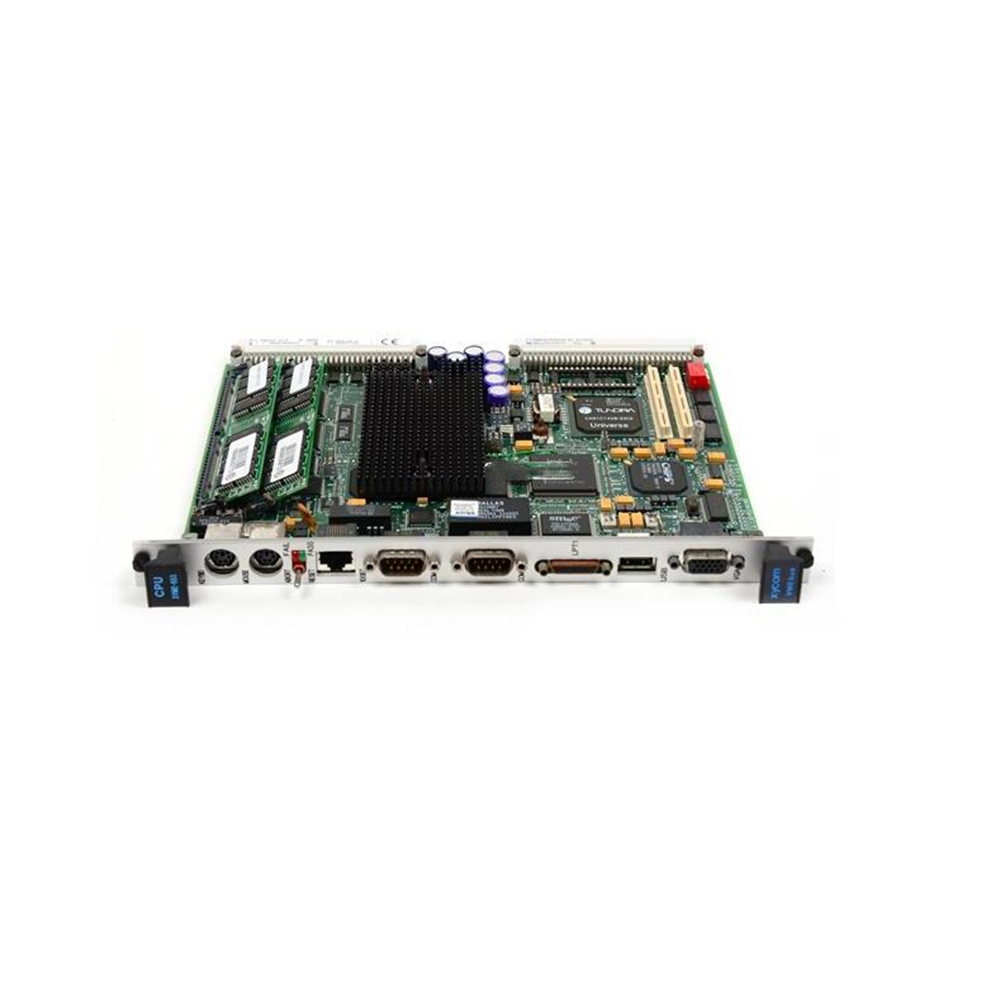
ABB Allen-Bradley Alstom Bently Emerson Foxboro
GE MOOG Schneider Woodward HIMA Honeywell
ABB 5SHY series hot selling//large inventory//brand new//affordable price
First hand source, affordable price. Spot inventory!
•Shipping Port: Xiamen
•E-mail: sales7@saulplc.com
•Tel: + 86-15359273796(WhatsApp)
•Ship to you via Fedex/DHL/TNT/UPS/EMS
•Package: Original packing with cartons
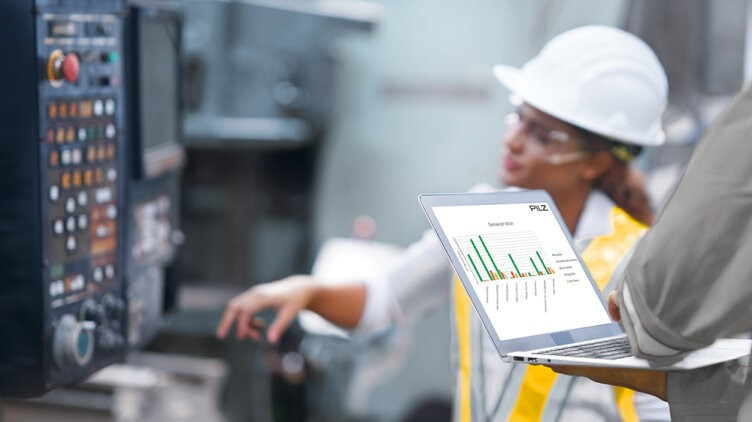
More brands//More models//Hot selling inventory//Welcome to inquire
| ABB | GE Fanuc | Triconex | Bently |
| 3BHB004661R0101 | IC693CHS397 | DS200SLCCG1AEE | 8851-LC-MT |
| 3BHB000652R0101 | IC693MDL753 | DS200SLCCG1ACC | 8851-LC-MT |
| 3BHB000272R0101 | IC693ALG442 | DS200SIOCG1A | 8811-IO-DC-01 |
| 3BHE006805R0001 | IC693BEM321 | DS200SIOBH1ABA | 8810-HI-TX-01 |
| 3BHE004468R0021 | IC693MDL752 | DS200SHVMG1AFE | 8750-CA-NS |
| 3BHE010751R0101 | IC693MDL646 | DS200SHVMG1AED | 8709-CA-08 |
| 3BHE009017R0101 | IC693MDL741C | DS200SHVMG1ACC | 8611-FT-FU |
| HIEE300936R0101 | IC693ACC310 | DS200SHVIG1BGD | 8607ERL |
What Is a Distributed Control System (DCS)? A Complete Guide
A Distributed Control System (DCS) is a sophisticated automated control system that uses a network of interconnected controllers, sensors, and computers to manage complex industrial processes.
How Does a Distributed Control System Work?
A DCS integrates several key components that work in unison to monitor and control industrial operations in real time. Here’s a breakdown of its core elements:
1️⃣ Controllers (The “Brain”)
Controllers process input data from sensors using predefined logic and algorithms. They send output commands to actuators to maintain process variables within desired limits, ensuring stable and efficient operation.
2️⃣ Sensors (The “Eyes and Ears”)
Sensors measure vital process parameters—including temperature, pressure, flow rate, and level—and provide continuous real-time data to the controllers.
3️⃣ Actuators (The “Muscles”)
Actuators carry out physical adjustments based on commands from the controllers. Common actions include opening or closing valves, starting or stopping motors, and regulating equipment.
4️⃣ Operator Stations (HMI – Human-Machine Interface)
These stations provide a graphical user interface (GUI) that allows operators to visualize the entire process, adjust setpoints, respond to alarms, and optimize performance.
5️⃣ Communication Network (The “Nervous System”)
A high-speed data network connects all components of the DCS, enabling seamless communication and coordination across different areas of a facility, even over large distances.
Key Advantages of Using a Distributed Control System
- Decentralized Architecture: By distributing control tasks, a DCS minimizes the impact of a single point of failure, increasing system resilience.
- Scalability and Flexibility: It allows easy expansion or modification of control loops and processes without disrupting existing operations.
- High Availability and Redundancy: Built-in redundancy in controllers, networks, and power supplies ensures uninterrupted operation, essential for critical processes.
- Enhanced Process Efficiency: Optimizes control loops, reduces energy consumption, improves product quality, and decreases operational waste.
- Integrated Data Management: Provides real-time analytics, historical trending, and reporting capabilities for better decision-making.
DCS vs. PLC vs. SCADA: What’s the Difference?
While DCS, PLC (Programmable Logic Controller), and SCADA (Supervisory Control and Data Acquisition) systems are all used in industrial automation, they serve different purposes:
- A DCS is ideal for complex processes requiring high reliability and coordinated control over a large area.
- A PLC is typically used for discrete control tasks such as assembly lines or machinery.
- SCADA focuses on supervisory-level monitoring and data gathering across geographically dispersed assets.
In many modern installations, DCS and SCADA functionalities are integrated to leverage the strengths of both systems.
Applications of Distributed Control Systems
DCS technology is widely applied in industries such as:
- Oil & Gas Refining
- Power Generation
- Chemical and Pharmaceutical Manufacturing
- Water and Wastewater Treatment
- Food and Beverage Processing
Conclusion
A Distributed Control System (DCS) offers a robust, scalable, and efficient solution for managing complex industrial processes. Its distributed nature not only enhances reliability and safety but also supports continuous operational improvement through integrated monitoring and control. Industries relying on precision, safety, and uptime continue to adopt and evolve DCS technology for smarter automation.
Optimization Notes:
- ✅ Target keywords included: Distributed Control System, DCS, industrial automation, process control, sensors and actuators, HMI, SCADA vs. DCS.
- ✅ Structured with clear headings and bullet points for readability.
- ✅ Content is comprehensive and answers likely user queries.
- ✅ Includes related terms like PLC and SCADA for context and SEO relevance.

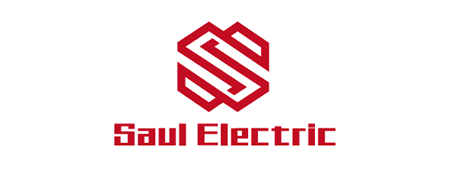
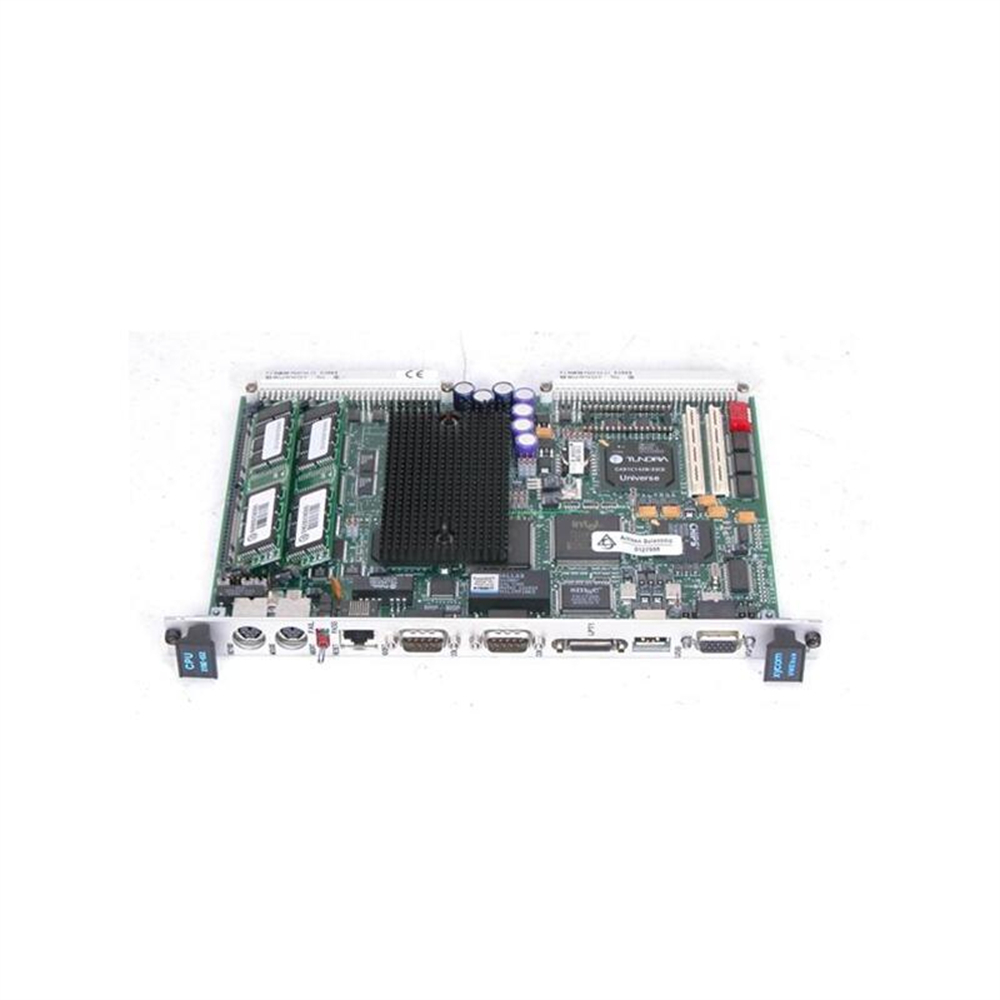

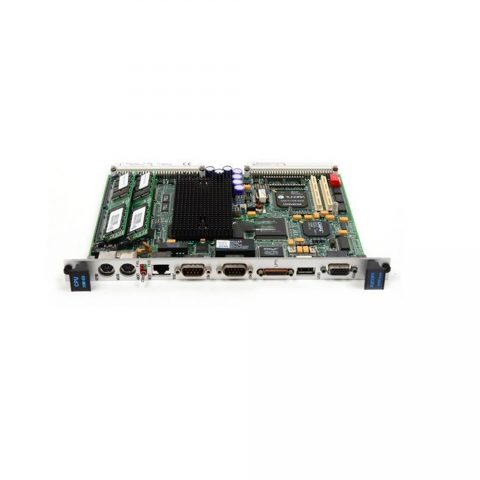
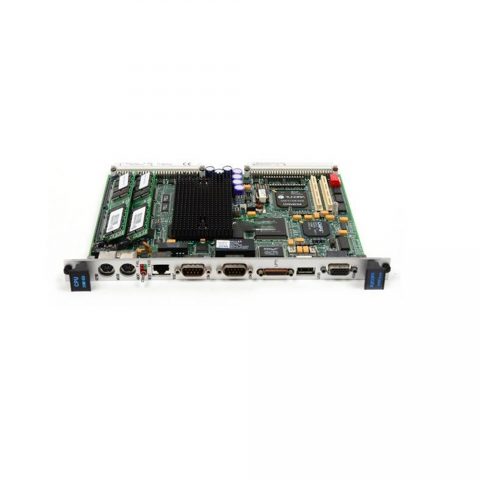
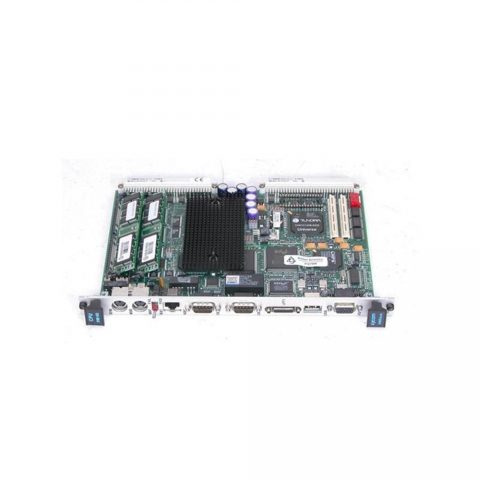
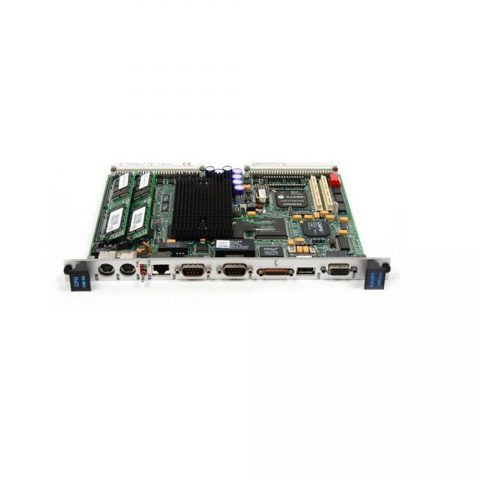
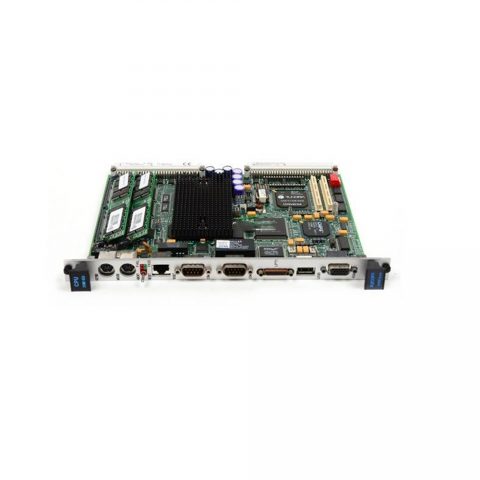
There are no reviews yet.